Lake of the Mountains
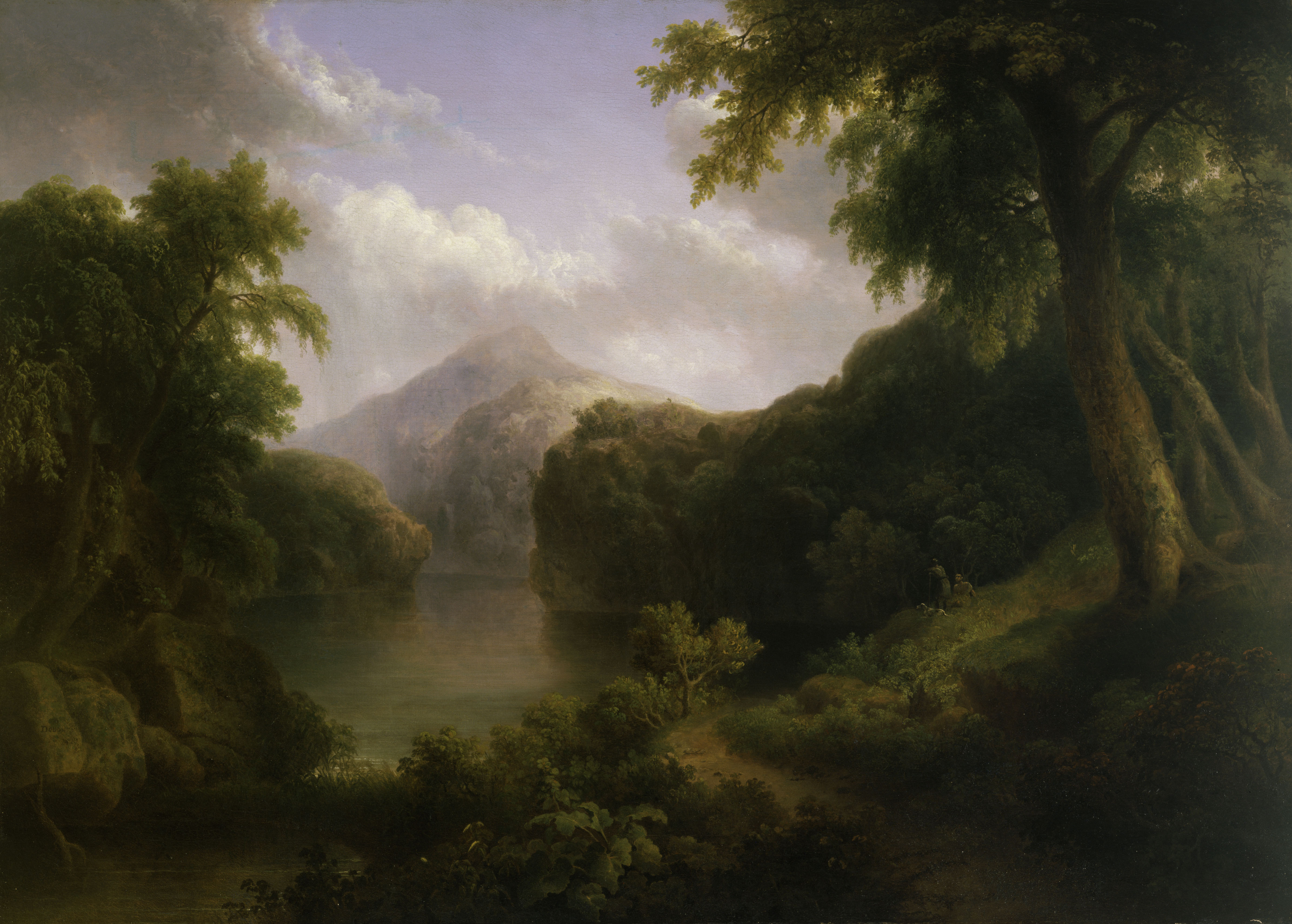
What is authenticity?

What is authenticity?

What is authenticity?
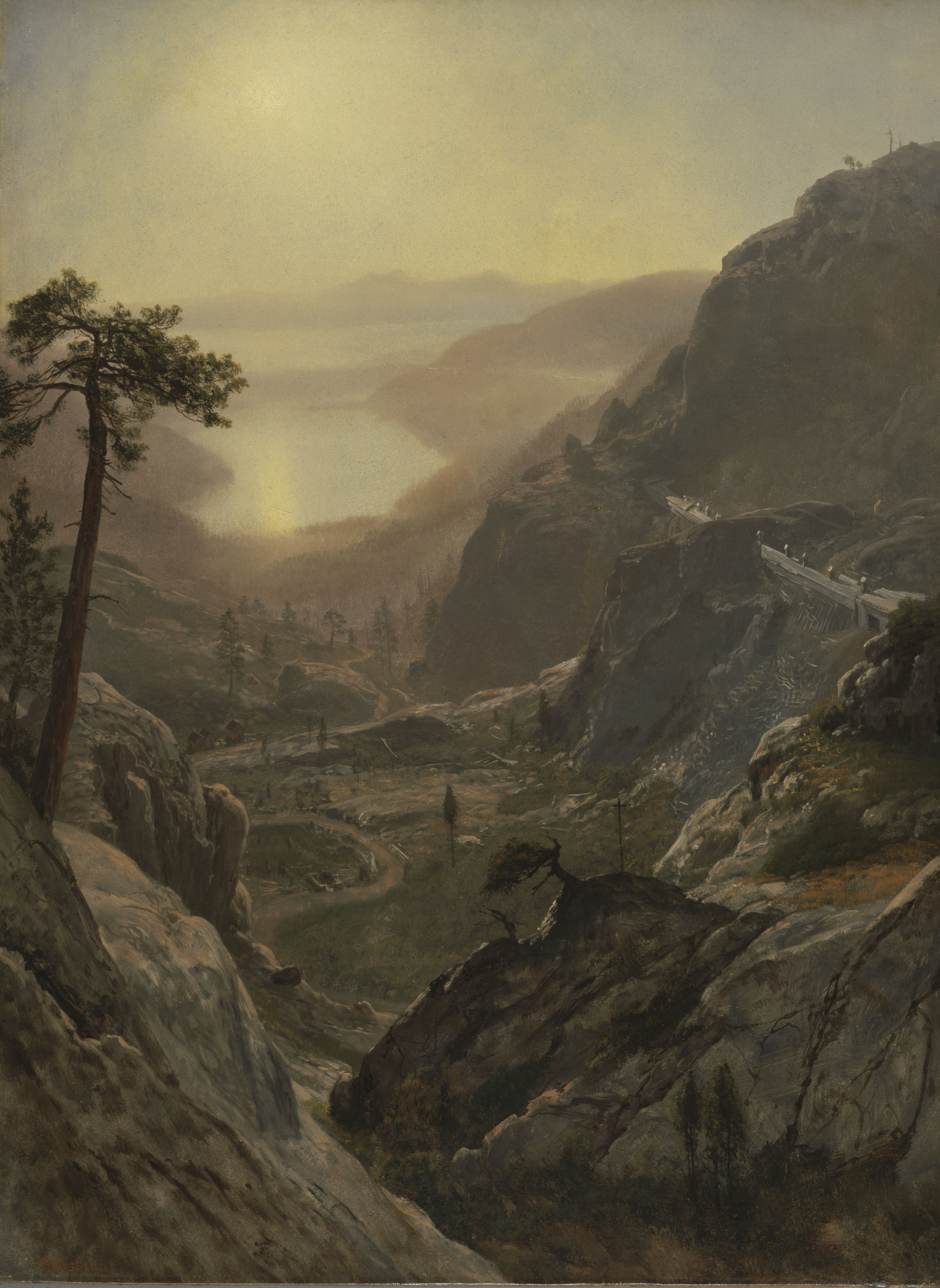
What does progress look like?
Bierstadt made this study for a larger work depicting a pass through the Sierra Nevada mountains, several hundred feet above the Central Pacific Railroad. Here we see the sun rise beyond the distant Washoe Mountains, casting an ethereal glow over Donner Lake. To paint this scene, Bierstadt and his wife set out for San Francisco in July 1871. En route, they crossed the summit of the Sierras only 400 feet north of the wagon road that the doomed Donner Party had failed to reach in 1847.

What is in motion?
The title of this painting and the subject depicted suggest that it was based on observations Ault made of his family’s business, which processed ink for printing presses. Although the scene is based in reality, Ault simplified and abstracted the worker, the equipment, and the architecture, making the man’s labor feel eerily still. The composition resembles a series of interlocking geometric shapes, including a figure eight, a symbol for infinity, which suggests the repetitive nature of the task.

What is in motion?
The title of this painting and the subject depicted suggest that it was based on observations Ault made of his family’s business, which processed ink for printing presses. Although the scene is based in reality, Ault simplified and abstracted the worker, the equipment, and the architecture, making the man’s labor feel eerily still. The composition resembles a series of interlocking geometric shapes, including a figure eight, a symbol for infinity, which suggests the repetitive nature of the task.
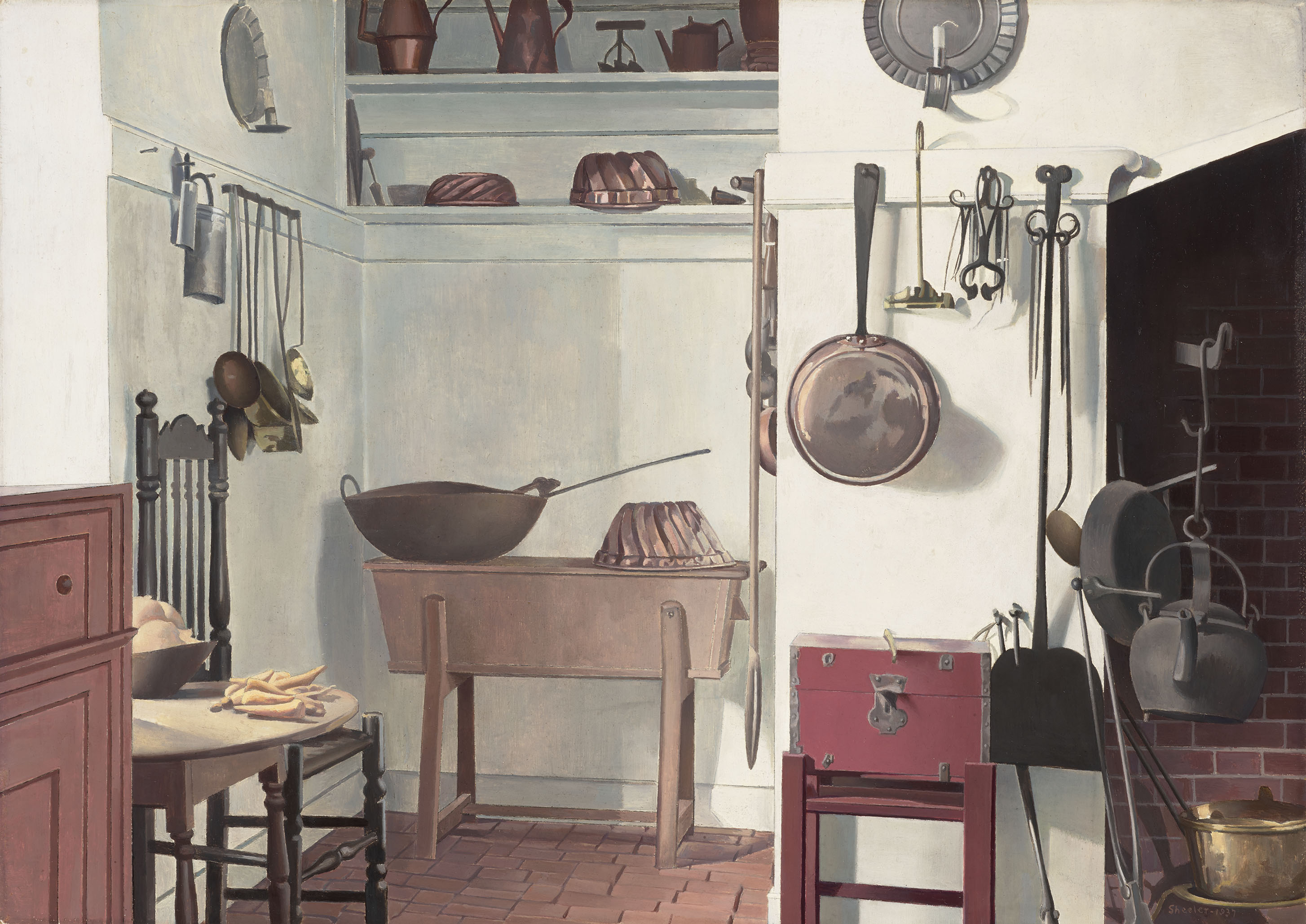
Where does nostalgia come from?
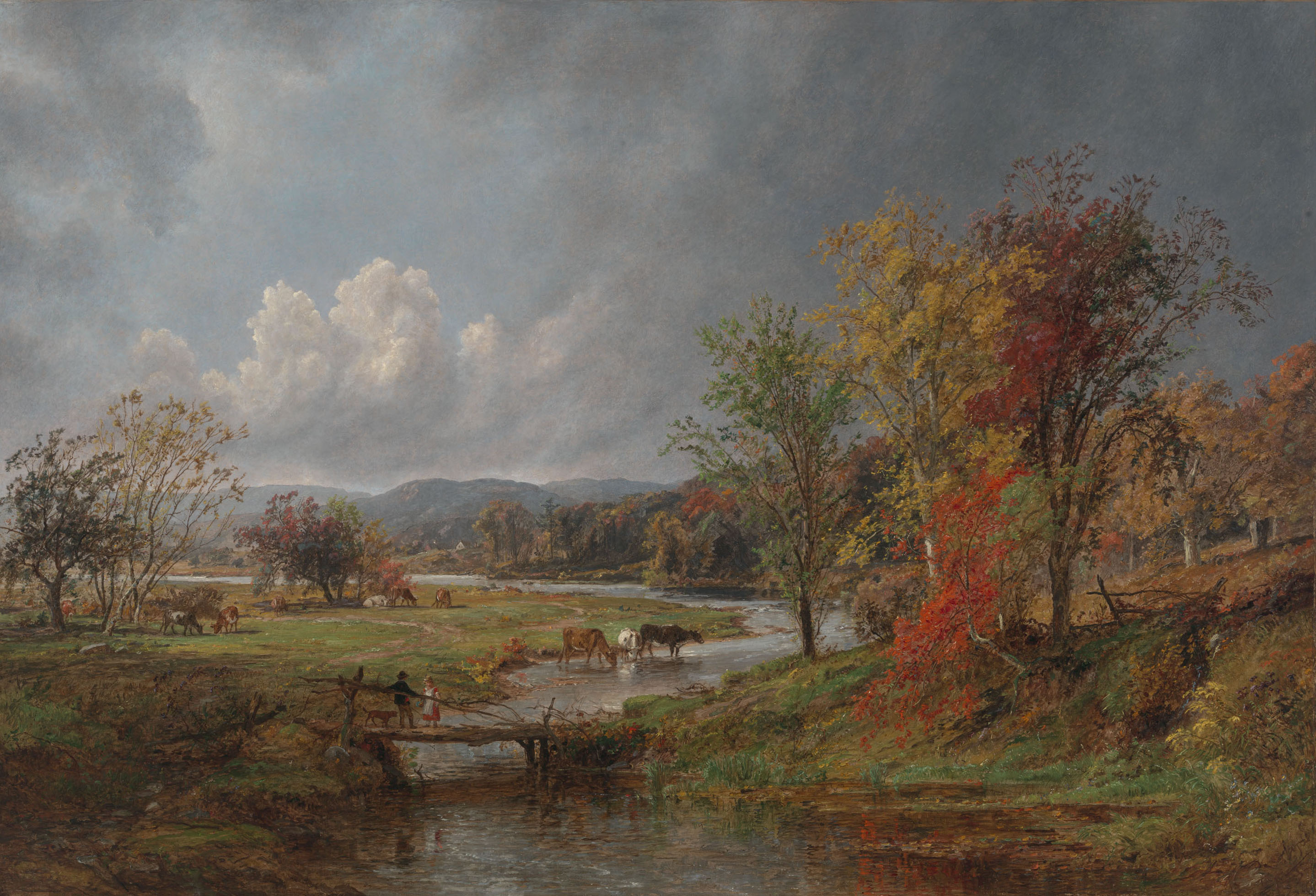
What sounds, sights, smells, or tastes remind you of October?
When this painting was exhibited in 1887, it was described as having “brilliant autumnal foliage.” Cropsey was known for his fall landscapes, which created a sensation abroad. When his Autumn—On the Hudson River (1860) was shown in London, the painting stirred suspicion among skeptical viewers, who had never seen such colorful foliage. To prove the authenticity of the scene, Cropsey had autumn leaves sent from America and scattered them beneath the painting.

What about this painting is realistic and what is unrealistic?
Because Bard’s paintings were typically commissioned by ship owners, they avoided depicting the dangers of steamboats, which sometimes burned and sank when their overheated boilers exploded. The Syracuse, whose paddle-wheel box bears imagery of the sun rising behind that city’s modern industrial factories, was owned by the Schuyler Steam Towboat Company, founded in 1825 by Samuel Schuyler, a free African American who bore the name of one of New York’s oldest Dutch colonial families.

What about this painting is realistic and what is unrealistic?
Because Bard’s paintings were typically commissioned by ship owners, they avoided depicting the dangers of steamboats, which sometimes burned and sank when their overheated boilers exploded. The Syracuse, whose paddle-wheel box bears imagery of the sun rising behind that city’s modern industrial factories, was owned by the Schuyler Steam Towboat Company, founded in 1825 by Samuel Schuyler, a free African American who bore the name of one of New York’s oldest Dutch colonial families.
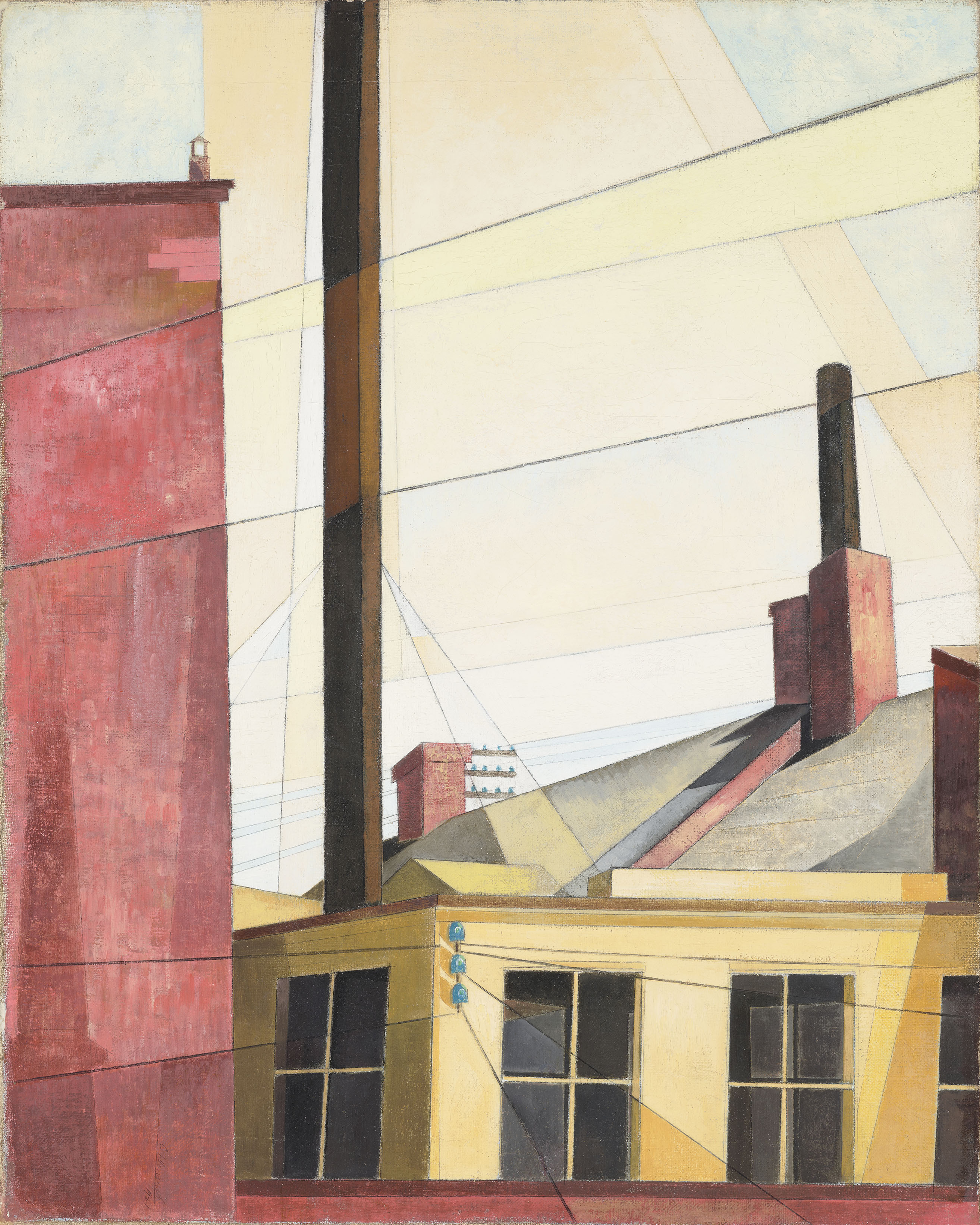
What makes a city feel familiar?